Salesforce announced the Salesforce Zero Copy Partner Network, a global ecosystem of technology and solution providers building secure, bidirectional zero copy integrations with Salesforce Data Cloud so that data can be actioned across the Salesforce Einstein 1 Platform. Salesforce also unveiled innovations including new zero copy support for open data lakes and lakehouses utilizing the Apache Iceberg open table format, as well as added zero copy support for ISV partners developing data kits to distribute their valuable data sets to Data Cloud customers.
“In today’s digital landscape, companies struggle with islands of data spread across various systems,” said Brian Millham, President and Chief Operating Officer at Salesforce. “With this global ecosystem of partners, companies can access all of their data, no matter where it resides, and unlock the power of all of that data within Salesforce — creating more personalized customer interactions and establishing a foundation for trusted AI, in less time and at lower cost.”
Salesforce Data Cloud unifies all your customer data, structured and unstructured, into a unified 360-degree view accessible within Salesforce. This empowers teams to make data-driven decisions directly in their flow of work.
Also Read: Fetch’s Cutting-Edge Advertising Campaign Optimization Technology Validated with First Patent
This data goes beyond information access — it fuels actionable insights. Imagine automated triggers based on customer behavior, like a Slack message notifying a sales rep when a customer visits a pricing page on their website. This real-time information allows for immediate engagement. Data Cloud also provides the foundation for trusted AI. By unifying and cleansing your data, you ensure AI models operate on the most accurate information. This unlocks the full potential of large language models (LLMs), delivering faster, more cost-effective results.Salesforce previously introduced the concept of zero copy bidirectional integrations with Data Cloud via partnerships with Amazon Redshift, Databricks, Google Cloud’s BigQuery, and Snowflake. Without zero copy, companies have to rely on custom integrations and complex data pipelines for the integration and movement of data from Salesforce to external data warehouses and vice versa. Unlike traditional extract, transform, and load (ETL) processes and data pipelines, zero copy integration offers businesses a more efficient, secure, and user-friendly way to connect data to business applicati
With Salesforce zero copy integrations, organizations can:
- Access live external data without copying (no reverse ETL): Traditional methods of accessing data from other systems, such as standing up reverse ETL pipelines, are costly and brittle. Businesses need to build and maintain the connection, then reconcile data changes over time. With zero copy integration, teams in Salesforce can access data from where it lives — either through queries or by virtually accessing the file — and when source data changes, it’s immediately updated everywhere, such as on a vehicle record that displays the mileage and maintenance history of a connected car through a zero copy connection to a lake that houses that data.
- Act on data from anywhere in the flow of work: Once in Data Cloud, this unlocked data is part of Salesforce’s metadata framework, and can be used in multiple ways including: generating business intelligence (BI) or AI insights; marketing segmentation or activation; creating unified customer experiences across sales, service, marketing, and commerce; and analytics via Tableau. For example, a Data Cloud-Triggered Flow updates an account manager in Slack when shipments are marked as delayed in an external lake, enabling them to immediately engage their client.
- Share customer 360 insights back with no copy: Salesforce zero copy integration goes beyond simply reading data from warehouses and data lakes. It also allows you to share valuable insights back to these systems, including harmonized and unified customer data along with AI and BI insights – all without the need for data replication.
- Maintain governance and security: Traditional data governance often depends on manually copying data between systems to preserve the integrity of the source data, sacrificing the ability to track data as it moves downstream. Zero copy integrations eliminate the need for manual data movement, and since data remains in its original location, data lineage is preserved. Additionally, because zero copy integrations enable centralized access control at the data source itself, it simplifies security management and minimizes risks when exposing data to the business.
- Ground generative AI: With the ability to connect to not only structured data, but unstructured data like PDFs, call transcripts, and emails, zero copy integrations make it quick and easy to bring unified business data into any AI prompt sent through the Einstein Trust Layer. This lets customers deploy trusted, relevant generative AI across all Salesforce applications without having to fine-tune an off-the-shelf LLM.Most companies juggle multiple systems to manage their business, but only 28% of applications are connected, and over 80% of business leaders struggle with data fragmentation and data silos. To fully understand the complete customer journey, it is necessary to bring this data together into a 360-degree view of the customer. However, the challenge lies within the scattered data, making it difficult to consolidate, generate insights, and feed the data back into the engagement systems.This is where Salesforce Data Cloud with zero copy integration comes in. It allows businesses to keep their data in its original location while integrating the metadata. This unlocks the power of all that data within Salesforce, enabling harmonization, unification, and a comprehensive view of the customer. Sales agents, service reps, and marketers can all see the same information, facilitating collaboration across departments, giving them the ability to take action on data, and driving improved customer experiences. Additionally, these rich insights are also accessible back in the company’s data warehouses and lakes, empowering downstream applications to leverage the unified customer data.
Today, Salesforce announced an expanded partnership with Microsoft to enable zero copy Data Cloud integrations using Microsoft Azure.
Salesforce and Microsoft are jointly working to give customers the ability to access their critical business data in Azure Synapse and bidirectional zero copy data access with Microsoft Fabric and Salesforce Data Cloud. This marks a significant evolution in the partnership between Microsoft and Salesforce, focused on delivering joint customer value in the age of trusted data and AI.
Data Cloud’s support for accessing data from external data platforms via zero copy is currently accomplished through a live query. This means that when any data from the external data set is needed for an operation in Data Cloud, the data is retrieved by issuing an SQL query to the source data platform’s query API. The live query pattern makes sense for data warehouses that provide a query interface, as the warehouse’s native query engine is required to read data in each platform’s proprietary data format.
However, as the open data lake and lakehouse pattern has grown in popularity, there is another way to access data-powered table formats like Apache Iceberg. Since Iceberg is an open format, Data Cloud’s query engines can read it natively and reference external data stored in Iceberg tables directly. This enables a new low-latency way of virtualizing data in Data Cloud, with direct file access at the storage level.
Data Cloud will soon extend zero copy data access to any open data lake or lakehouse that stores data in Iceberg or can provide Iceberg metadata for its table. This gives customers more options with zero copy support for an even larger ecosystem of data platforms and custom data lakes.
Today, ISVs can use Data Kits to distribute datasets and enrich customer data in Data Cloud. Data Kits are containers of Data Cloud metadata that can be packaged and installed from the Salesforce AppExchange. Data Kits enable ISVs to distribute their high-value datasets to Data Cloud customers and land that data in Data Cloud pre-mapped into the Data Cloud customer data model, with no transformations required.
Adding zero copy support to Data Kits will enable customers to access new third-party datasets from partners like Dun & Bradstreet, Moody’s, Own Company, The Weather Company, Workday, ZoomInfo, and more to enrich their customer profile via the same zero copy integrations they use for accessing their own data platforms. For example, The Weather Company can enable customers to enrich their data model with real-time local weather data, helping them make more informed decisions and take actions based on weather conditions, such as an insurance company doing predictive outreach ahead of a big storm or grounding generative AI with real-time weather data.
Heroku will soon empower developers, including partners in the Salesforce Zero Copy Partner Network, who use both Heroku and Data Cloud to unlock the full potential of their relational data. By eliminating data transfers, Zero Copy lets you seamlessly leverage Heroku Postgres data for powerful insights and innovation across Data Cloud-powered Salesforce experiences – and existing Heroku applications. This integration reinforces Heroku’s commitment to developer flexibility, supporting diverse skill sets, languages, open standards, and fully managed operations, all while maximizing the value of your managed data.
As part of the Salesforce Zero Copy Partner Network, industry-leading partners including Accenture, Capgemini, Coastal, Cognizant, Deloitte Digital, IBM Consulting, Publicis Sapient, PwC, Slalom, and Wipro can now help customers integrate Data Cloud, including zero copy integration patterns. For example, a financial institution could leverage a Salesforce SI partner to integrate Data Cloud with its existing data infrastructure. This integration can unlock trapped data and generate insights that drive rich, personalized engagement for clients, quickly and at scale.
SOURCE: Salesforce
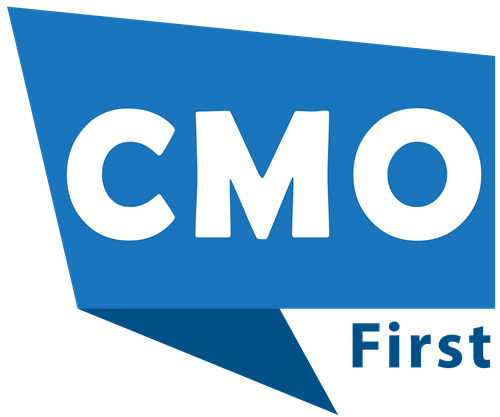





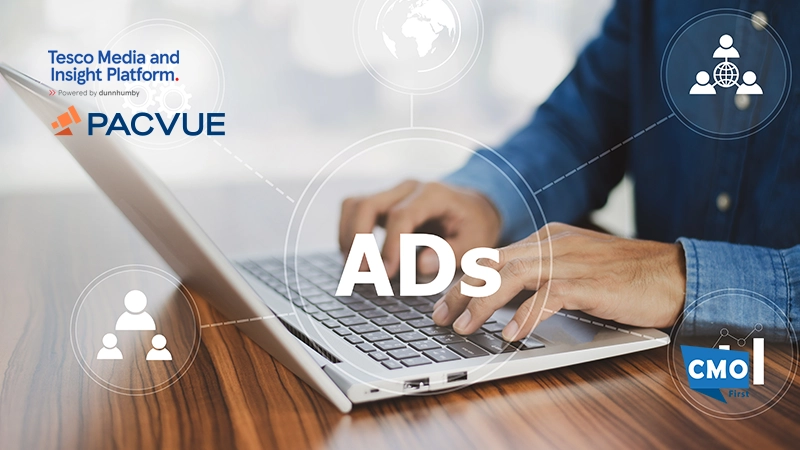

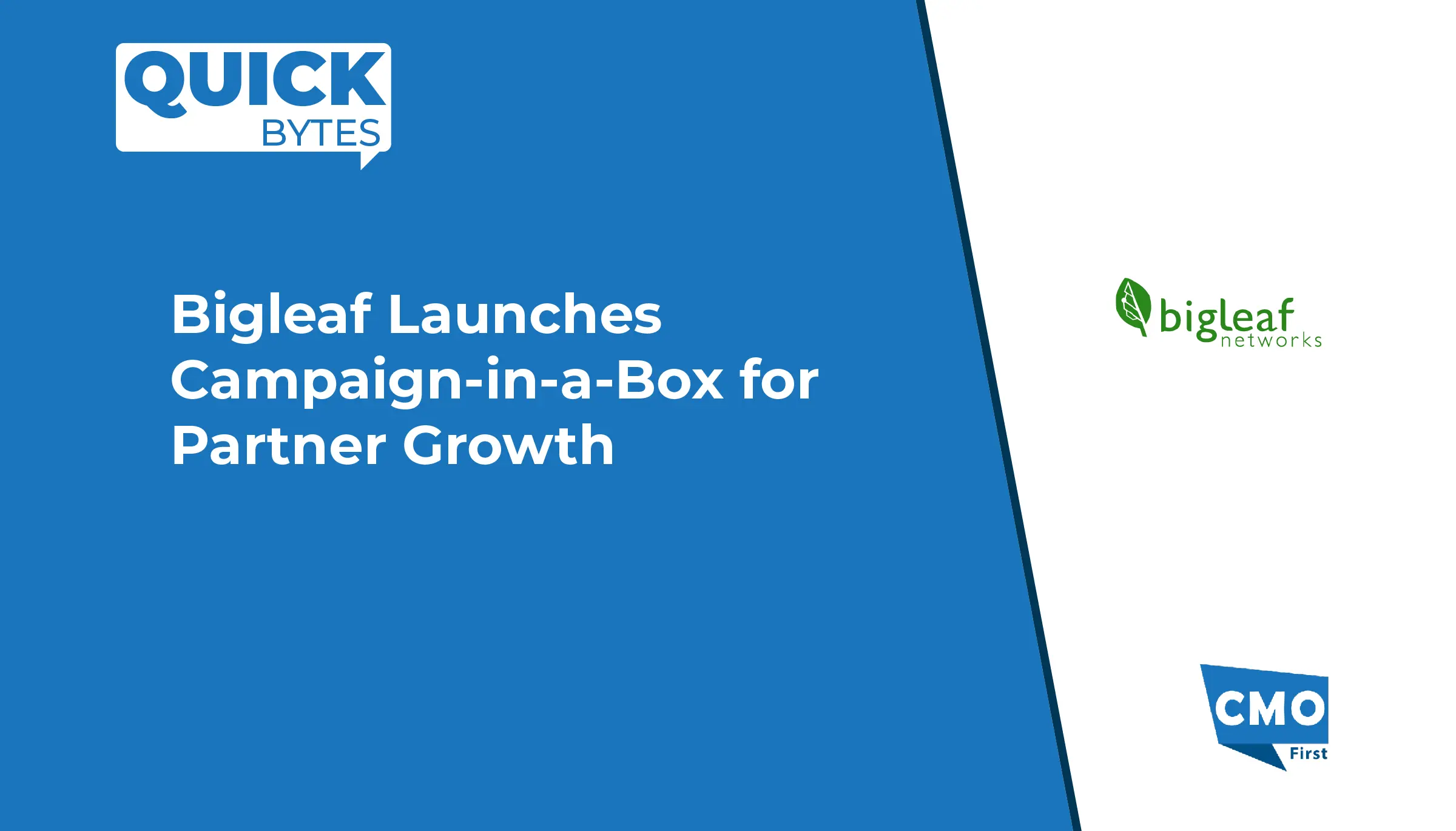



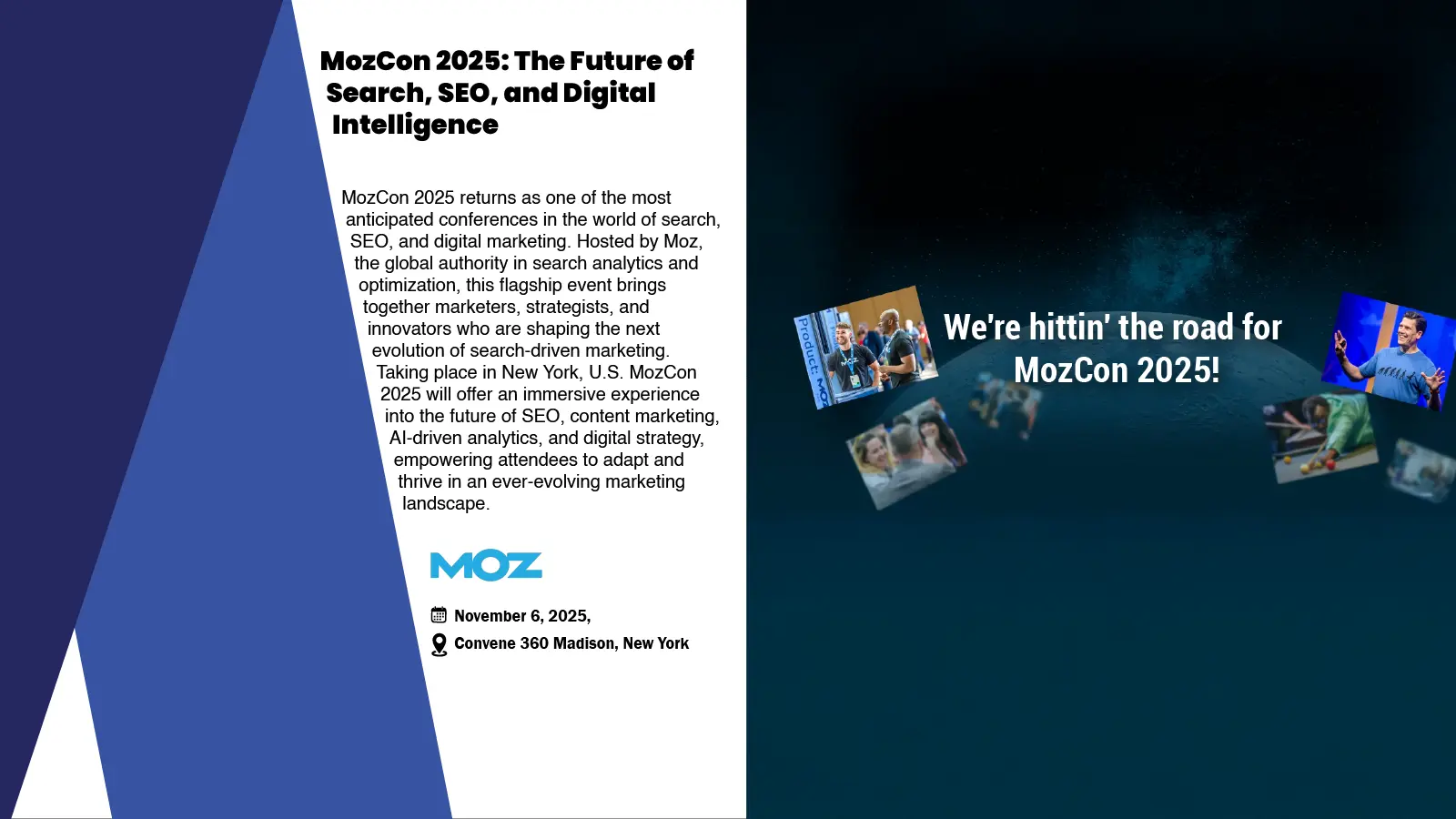

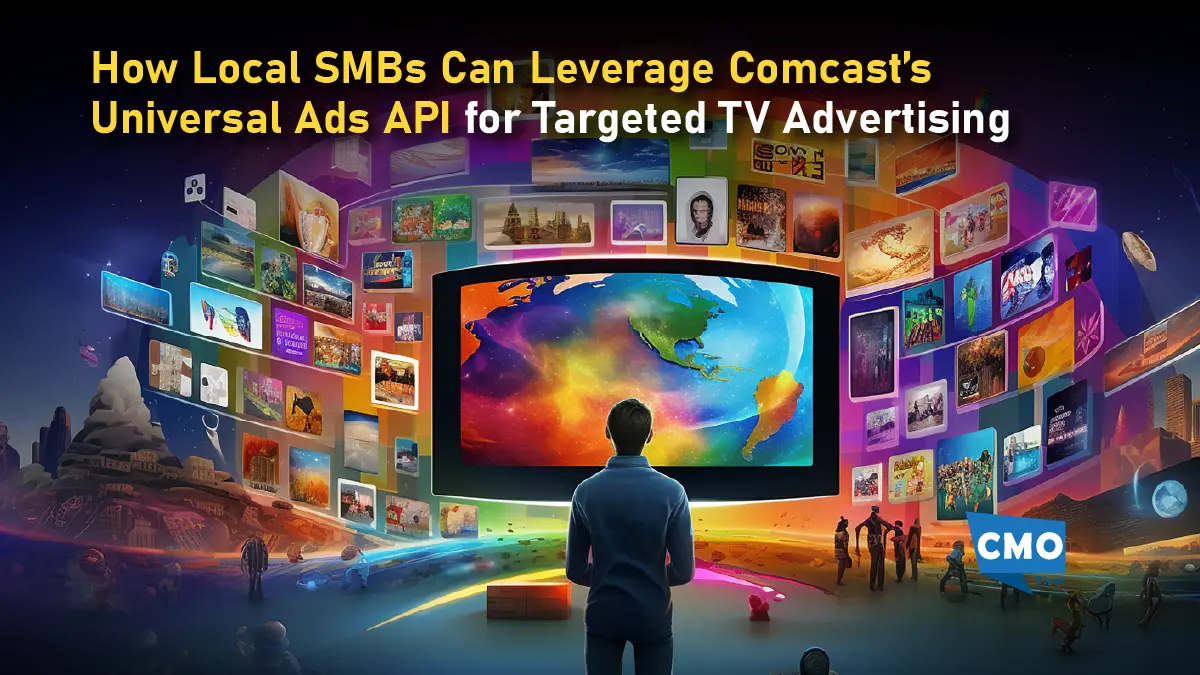
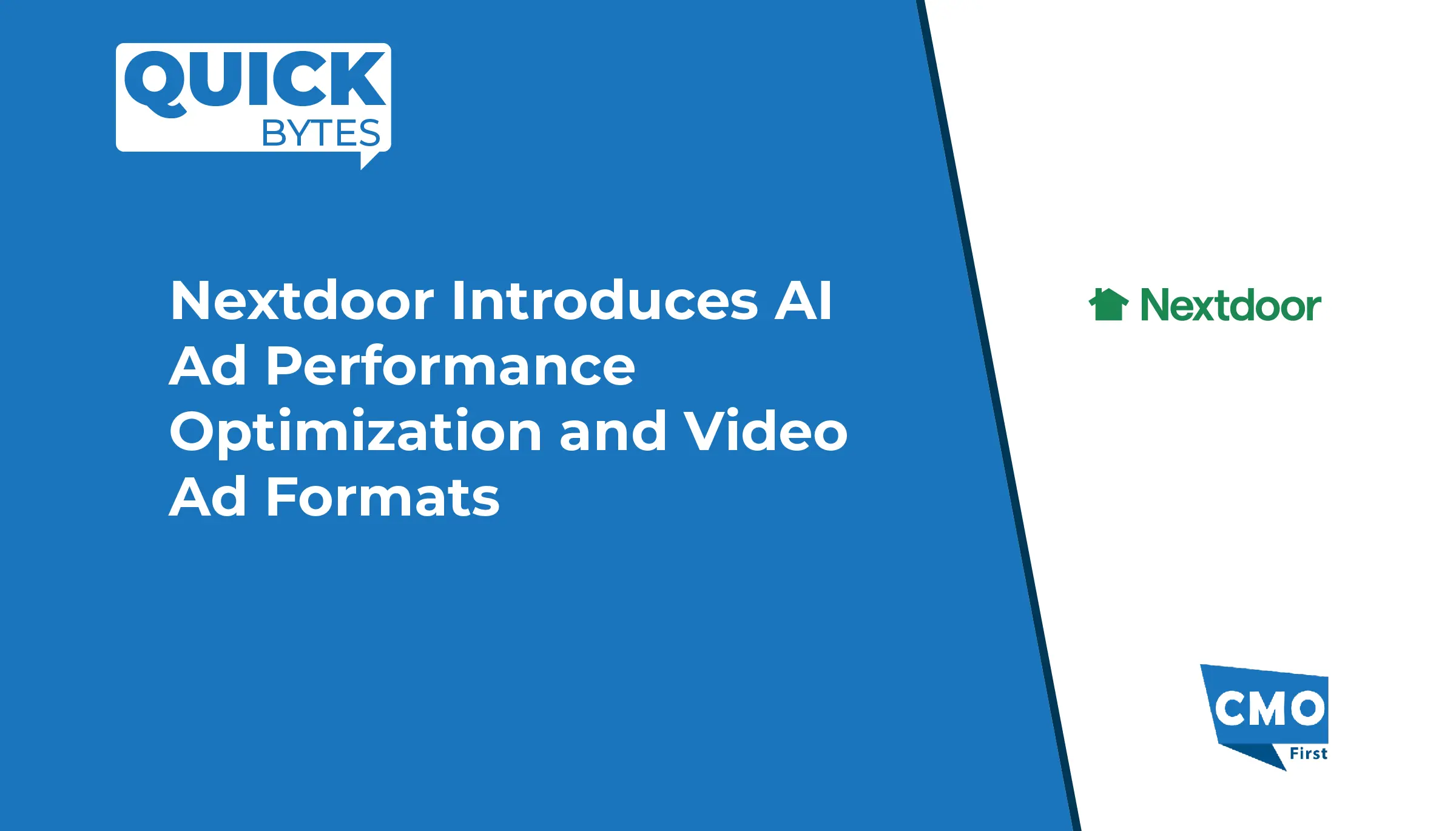
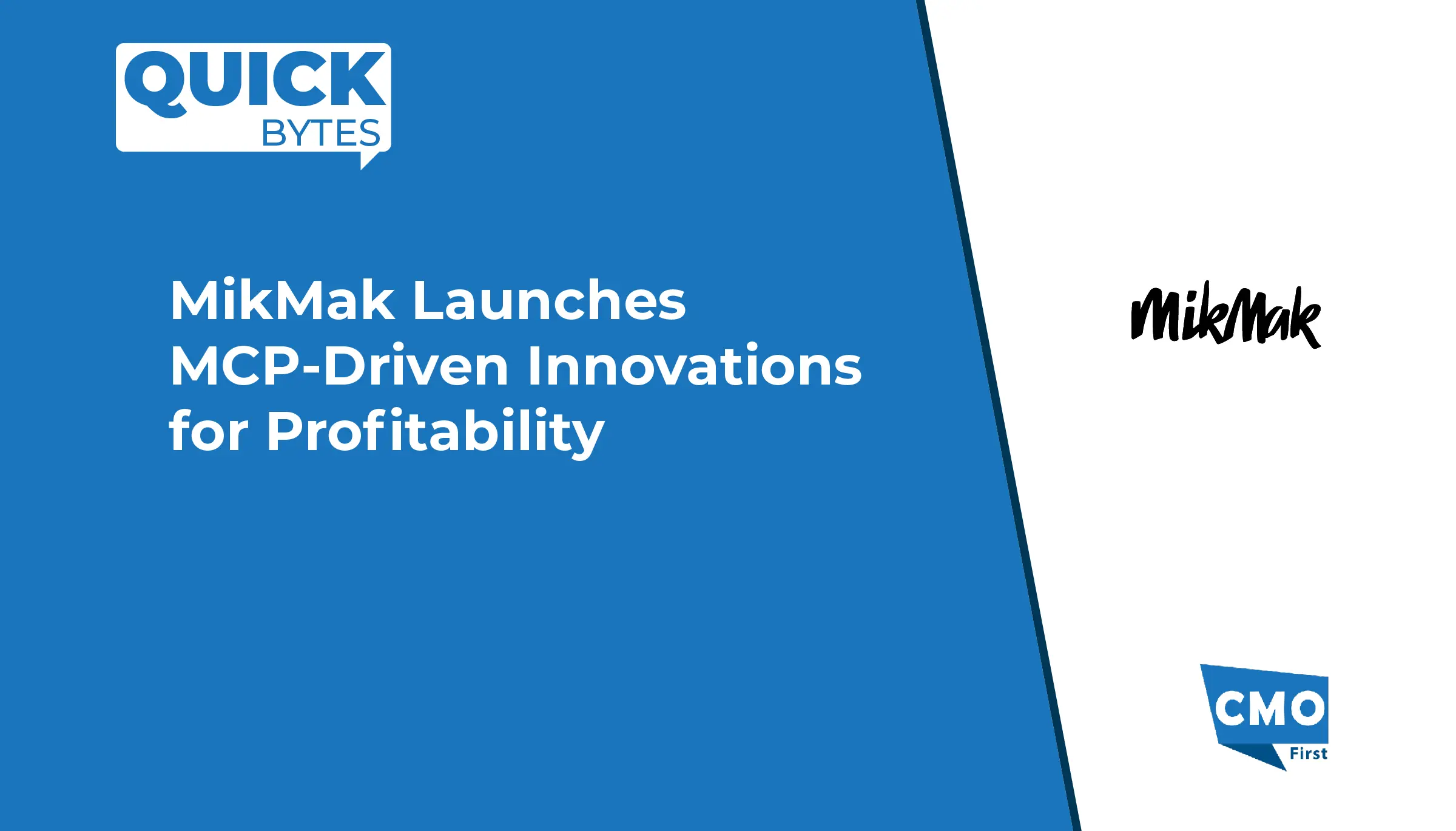
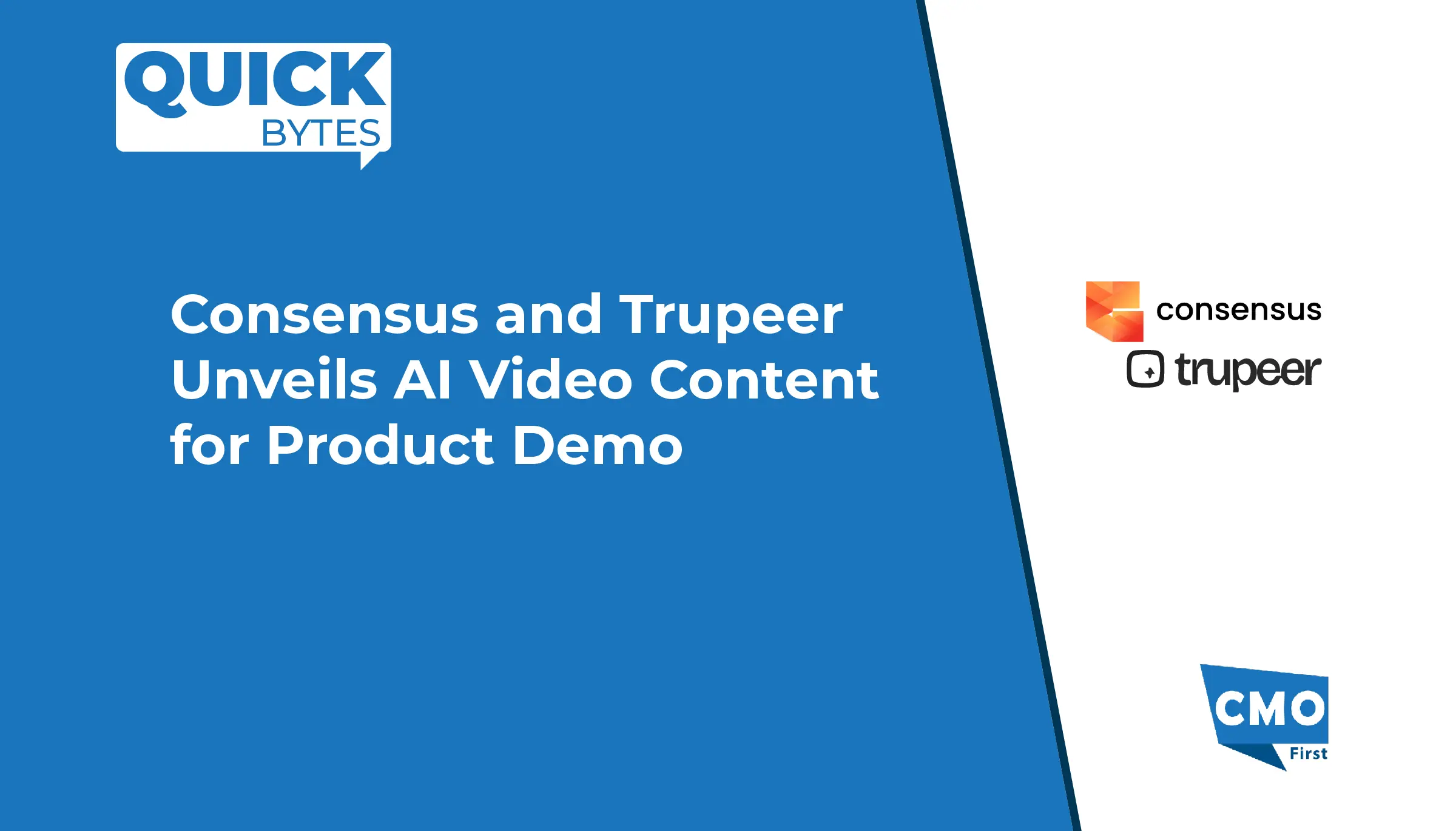




Leave a Reply